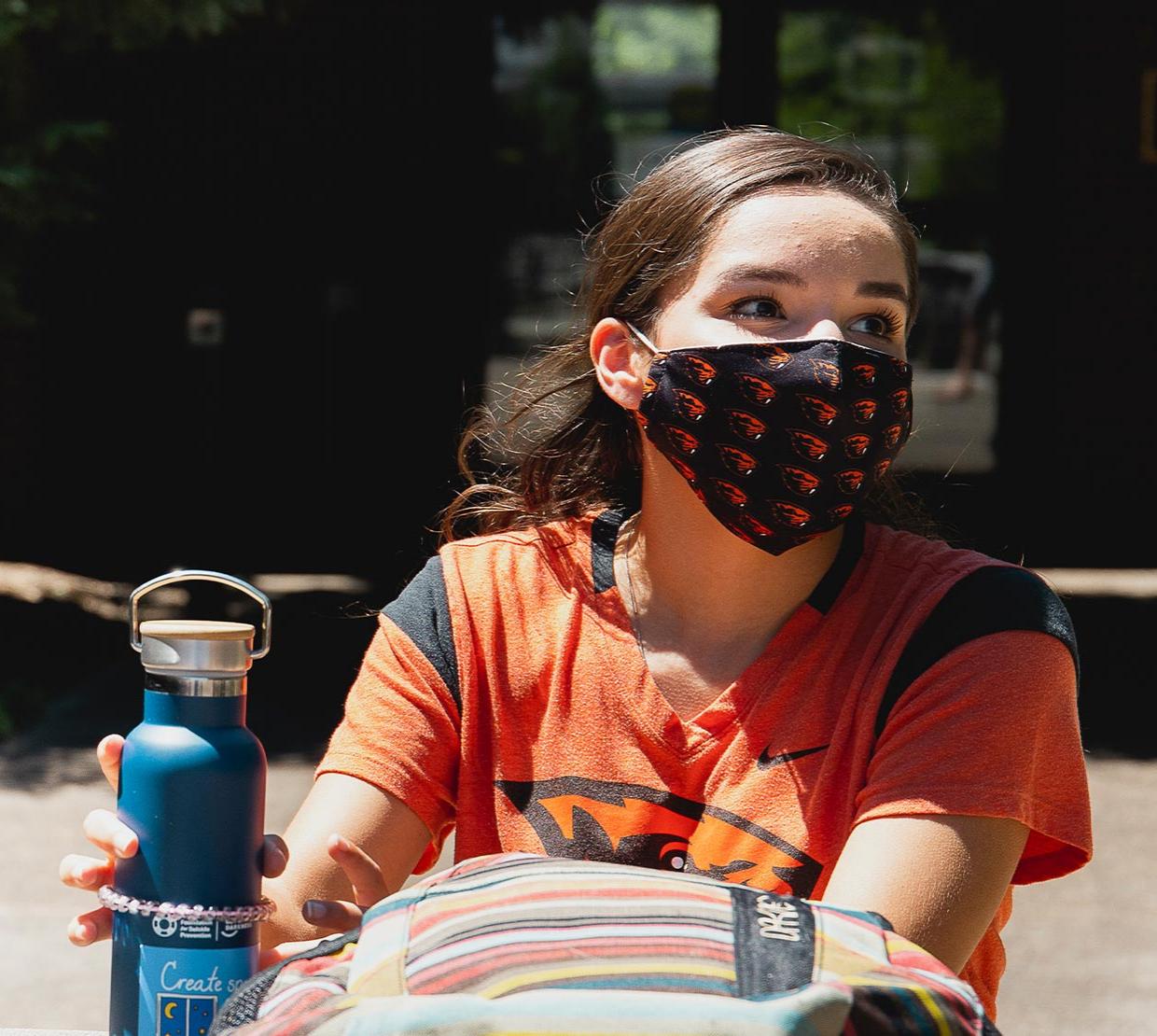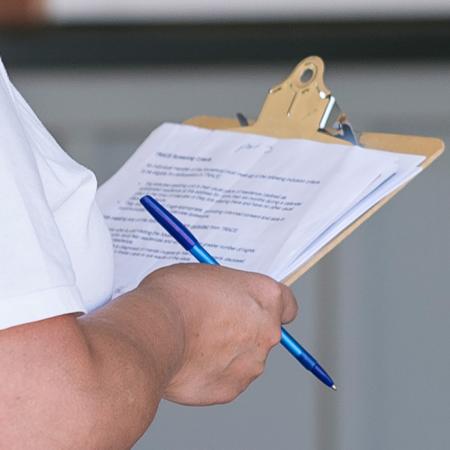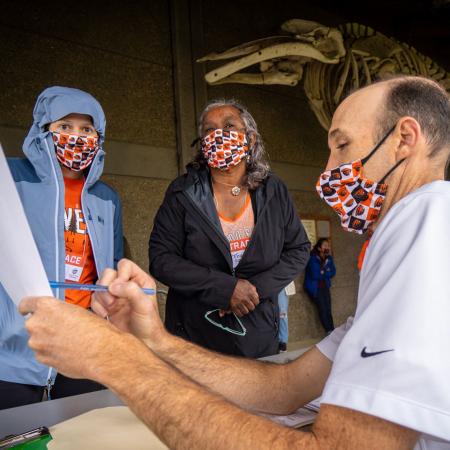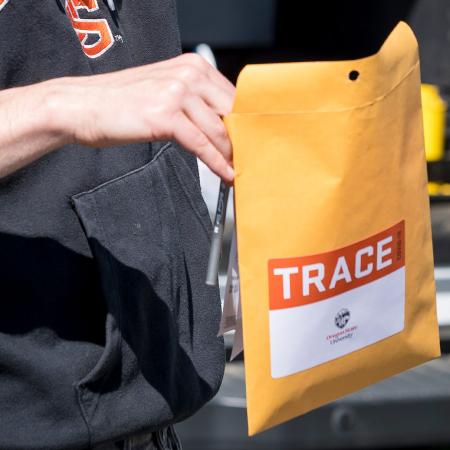CORVALLIS, Ore. – As spring break approaches, Oregon State University is increasing COVID-19 testing and encouraging students and employees to stay close to home.
“Even while the number of positive cases of COVID-19 has recently declined in Oregon, and vaccine distribution is progressing well, the virus still presents a great public health risk,” said Dan Larson, OSU’s coronavirus response coordinator and vice provost for student affairs. “We are asking OSU employees and students to take extra care over spring break due to virus spread in other areas of the U.S., relaxed public health measures in some states, and the presence of viral variants.”
Like it did before Thanksgiving, OSU has invited all OSU students to be tested through TRACE-OSU before, and the week after, spring break, which is March 22-26. All students living in the residence halls are required to be tested within the first three days of spring term.
Prevalence testing for university faculty and staff will be offered in Corvallis and at the Hatfield Marine Science Center in Newport by TRACE-OSU, both the week before and the week after spring break. Employees working on-site at OSU-Cascades in Bend can be tested on March 30 and 31.
If employees and students who have not been fully vaccinated against COVID-19 do travel, they are being asked to adhere to the following public health authority precautions:
- Get tested with a viral test three to five days after travel and stay home and self-quarantine for 10 days after travel.
- Even with a negative test, stay home and self-quarantine for seven days.
- With a positive test, self-isolate to protect others from becoming infected.
- Avoid being around people who are at increased risk for severe illness for 14 days, regardless of the outcome of the test or whether or not you take a test.
“It is important that each of us continue to be vigilant by doing our part in limiting virus spread of COVID-19,” Larson said. “These travel precautions and this increased testing are important actions, as are getting vaccinated when able, continuing to wear your face coverings, engaging in physical distancing and limiting group size.”
This story was originally posted by the Oregon State University newsroom.




